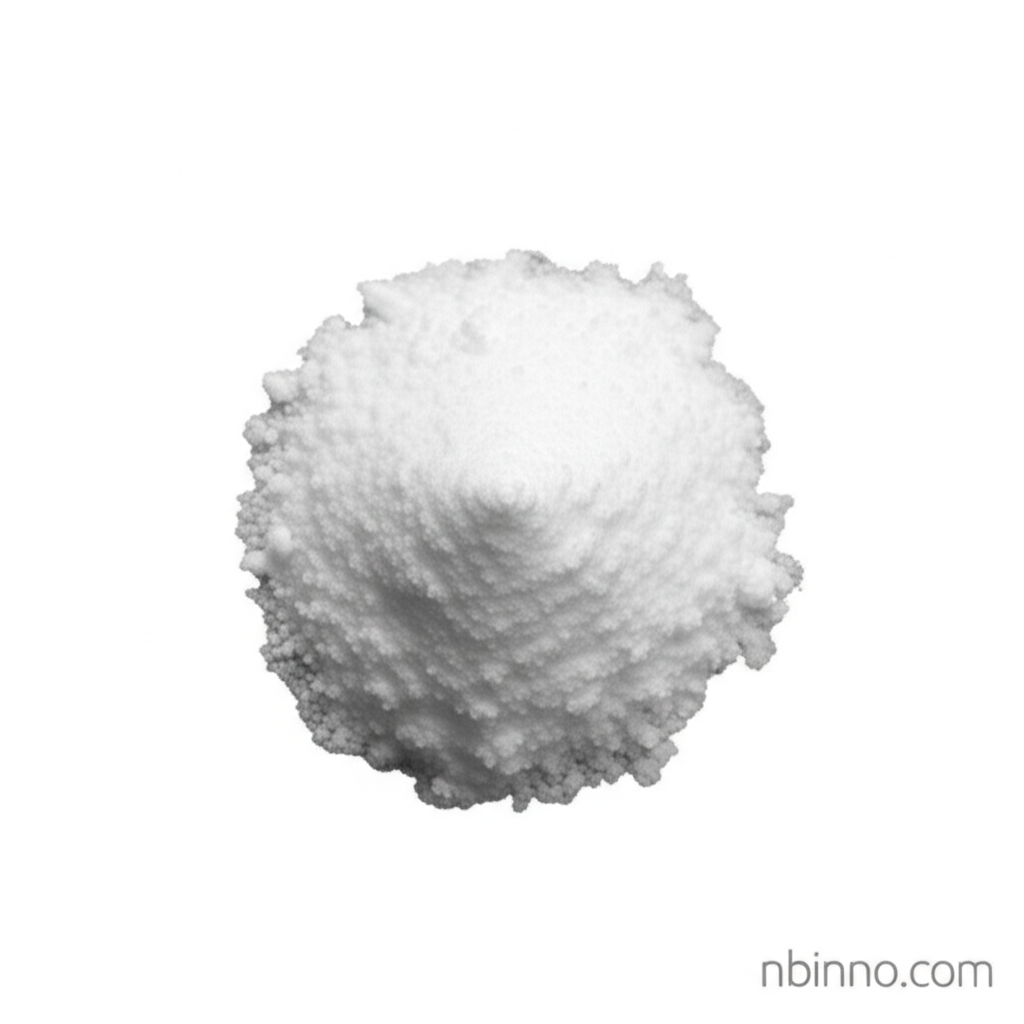Unlock Regenerative Potential with ARA 290
Explore the groundbreaking non-hematopoietic EPO analog for advanced tissue protection and nerve regeneration research.
Get a Quote & SampleProduct Core Value

Non-Hematopoietic Epo Analog ARA-290
ARA 290 represents a significant advancement in regenerative medicine, functioning as a first-in-class, non-hematopoietic EPO analog. It is specifically designed to activate the innate repair receptor (IRR), thereby facilitating crucial tissue protection and promoting nerve regeneration.
- Experience enhanced tissue protection and nerve regeneration with this potent IRR activation peptide.
- Investigate its efficacy in addressing diabetic neuropathy treatment through preclinical studies.
- Explore its potential for fibrosis resolution peptide applications in organ injury models.
- Understand its role in chronic inflammation modulation without erythrocyte stimulation.
Key Advantages
Selective Pathway Modulation
This peptide selectively modulates the IRE1α-XBP1 pathway, offering a precise mechanism for therapeutic intervention in various research areas.
Verified Purity and Activity
Researchers can rely on ≥98% HPLC/MS-verified purity and batch-specific biological activity data, crucial for accurate non-hematopoietic EPO analog research.
Global Temperature-Controlled Distribution
Ensuring the integrity of the product during transit is paramount, with temperature-controlled global distribution for this peptide.
Key Applications
Neuropathy Studies
Demonstrates significant efficacy in models of diabetic and chemotherapy-induced nerve damage, offering insights into neuropathy treatment.
Fibrosis Resolution
Shows potential in reducing collagen deposition in organ injury studies, making it a key fibrosis resolution peptide.
Chronic Inflammation
Effectively modulates cytokine networks, contributing to chronic inflammation modulation without adverse erythrocyte stimulation.
Regenerative Research
As a potent tissue-protective peptide, it is invaluable for advancing regenerative medicine and understanding tissue repair mechanisms.
